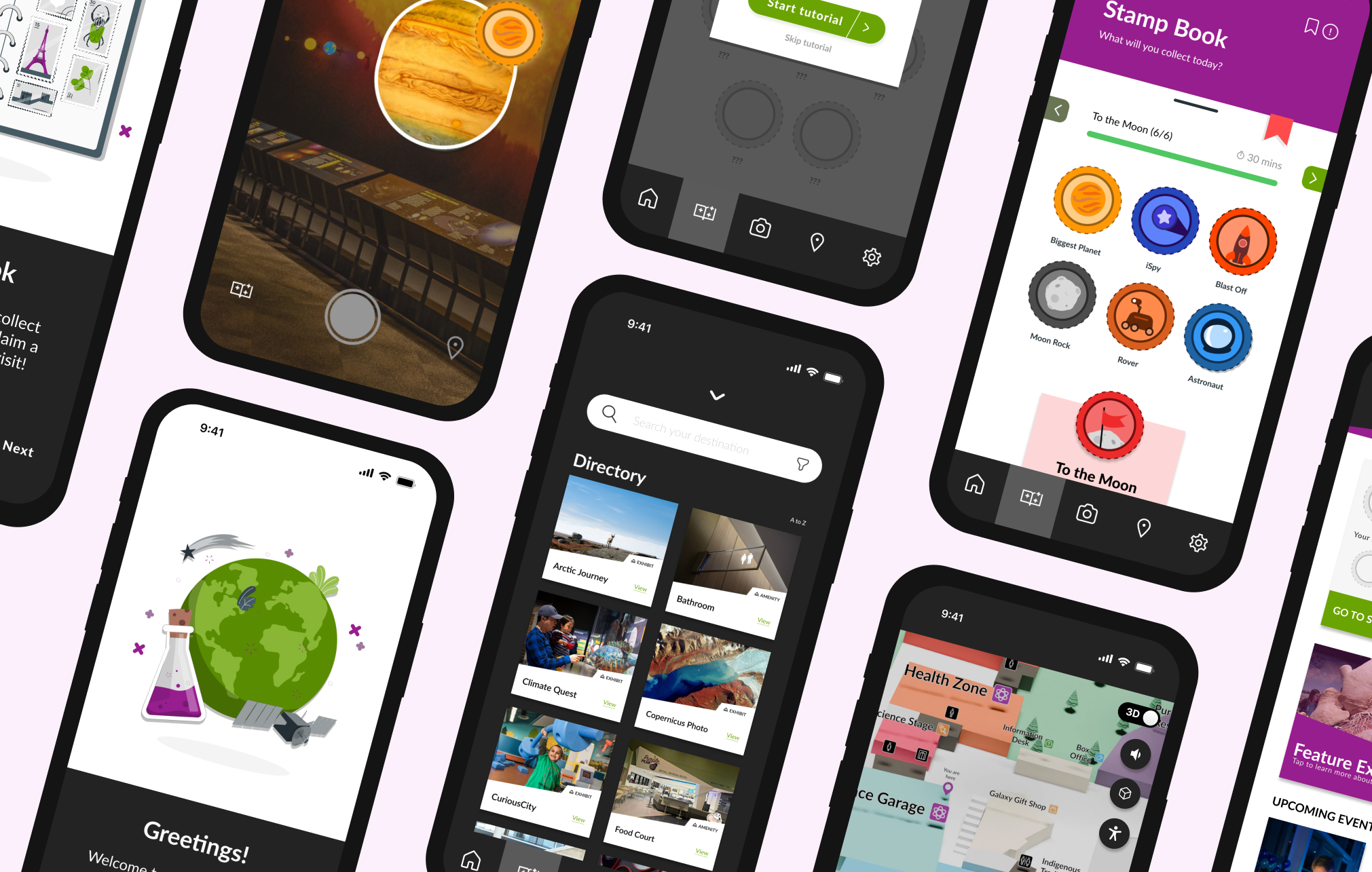
The TWoSE App project is user-focused design work to create an immersive learning experience for guests at the Telus World of Science Edmonton.
User Research, Interaction, Visual design, Prototyping & Testing
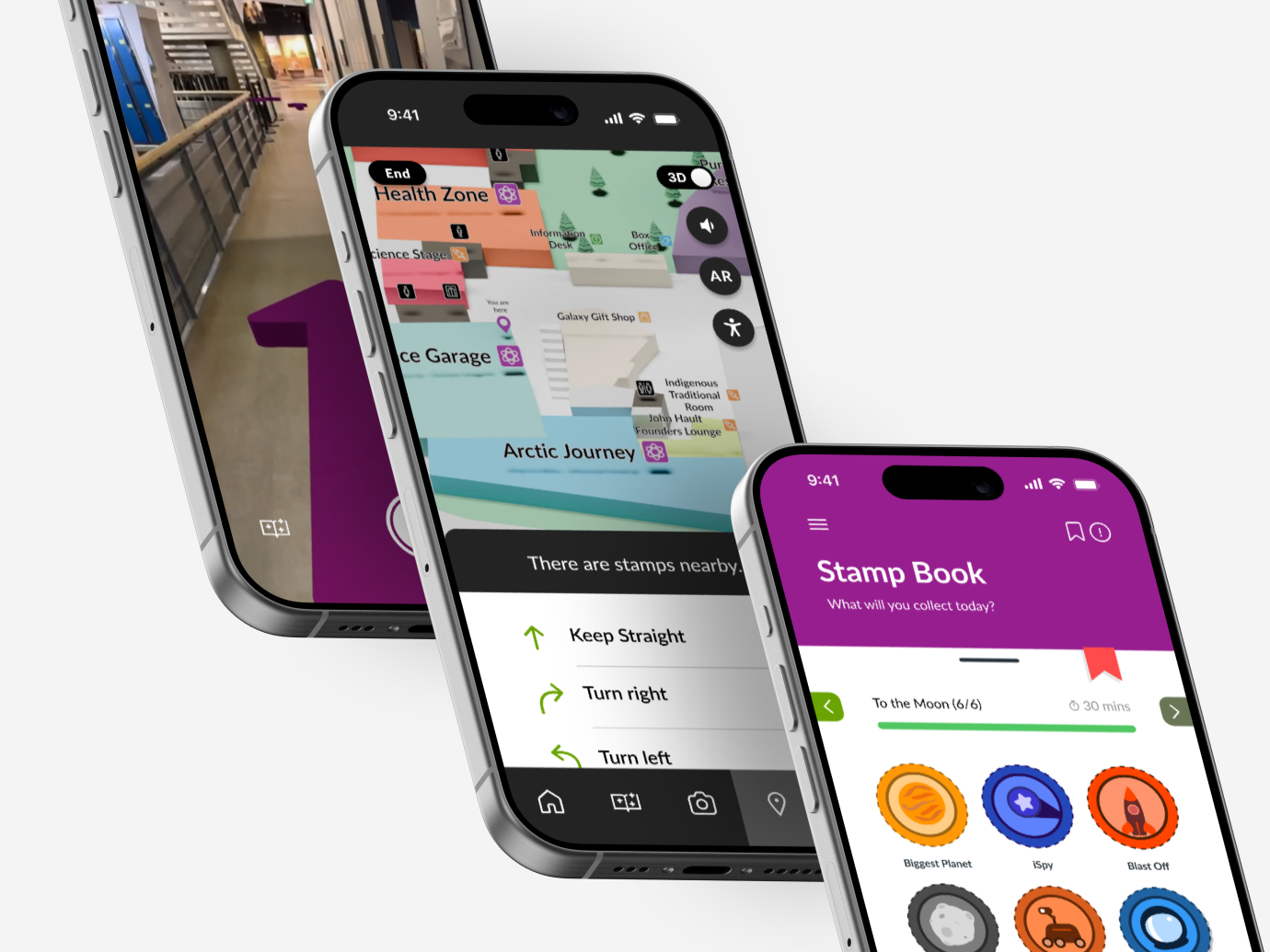
We visited the Telus World of Science (TWoSE) and identified areas for improving wayfinding within the building. Currently, the building map is only available at the entrance and could benefit from refinement. Staff also noted that increasing interactivity would enhance guest engagement with exhibits. This case study will focus on developing accessible and engaging technology to improve the visitor experience.
To begin, we conducted research interviews with TWoSE's primary users to reveal pain points that they may have with the science centre.
Our research encompassed:
HMW tackle both navigation and exploration to further improve the overall experience of a TWOSE Guest?
App Features Summary:

During the beginning stage, we visited the science centre to observe guests and be a guest ourselves to measure a regular experience. We used brainwriting and mind-mapping to generate ideas, taking the stronger ideas to develop further.
Concerns that we discovered from our initial research are as follows:
In this scenario, we have our target user who accesses the TWoSE App to help them navigate to their desired area and utilize the incentive learning feature to quick learn and get a reward at the end of their visit.
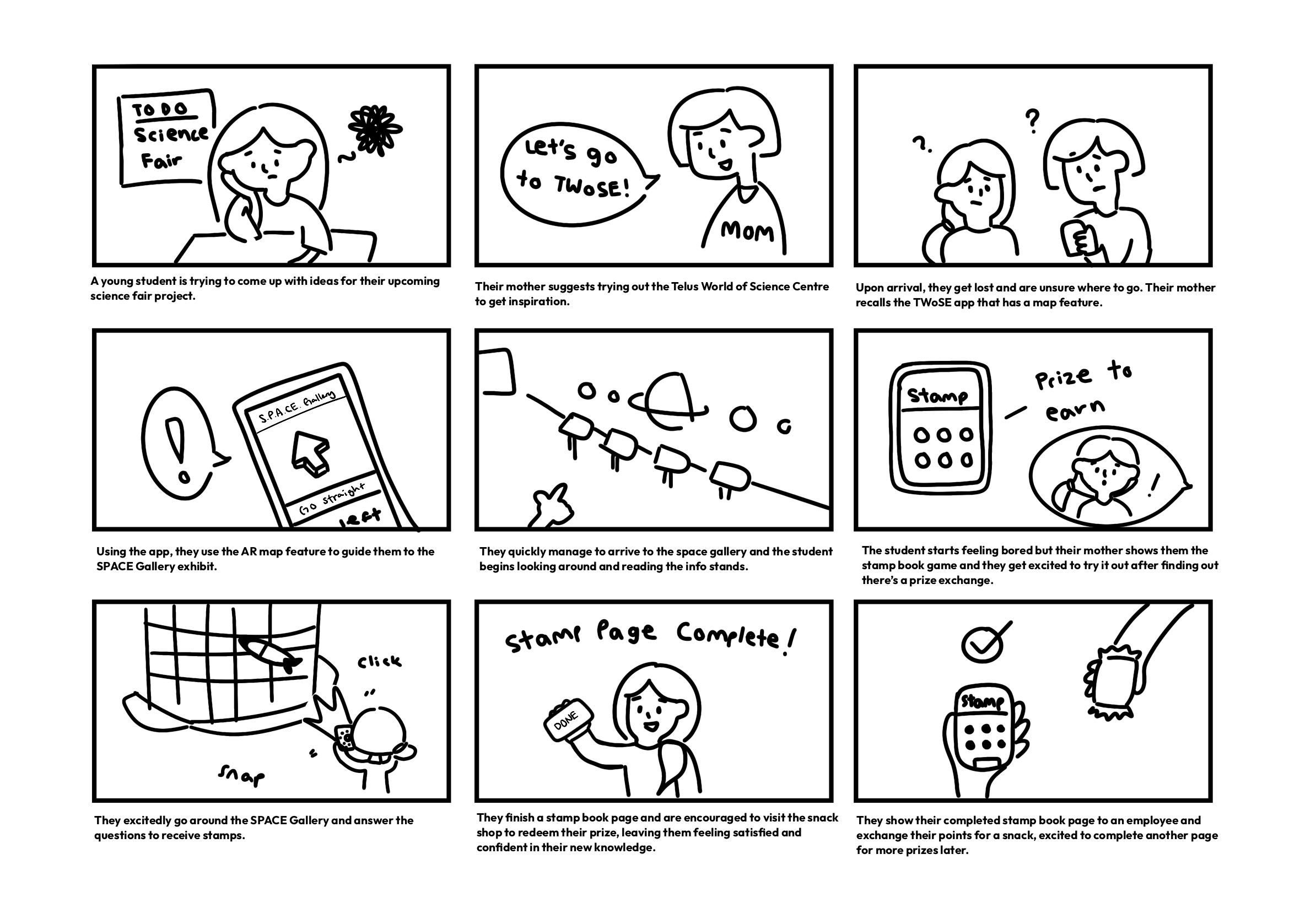
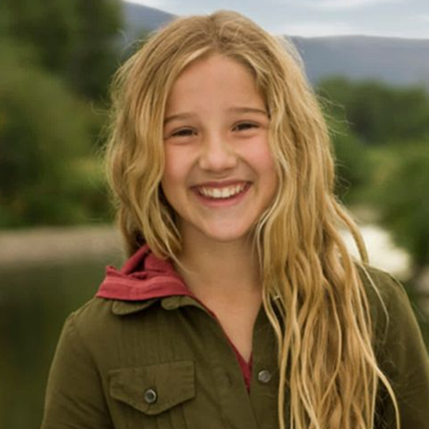
Their goal is to learn enough about the solar system to finish their project.
Considering the above problems identified, we decided to create an application that would address the issue of wayfinding while also implementing a game feature with an incentivized learning experience.
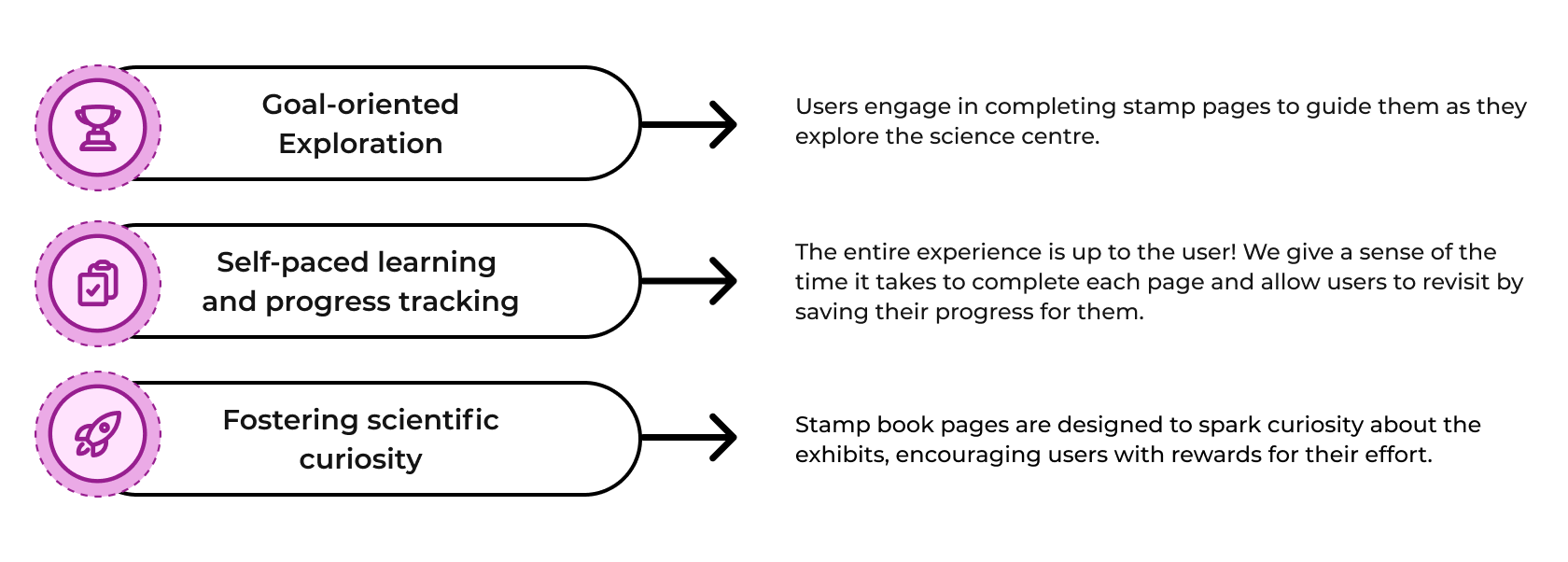
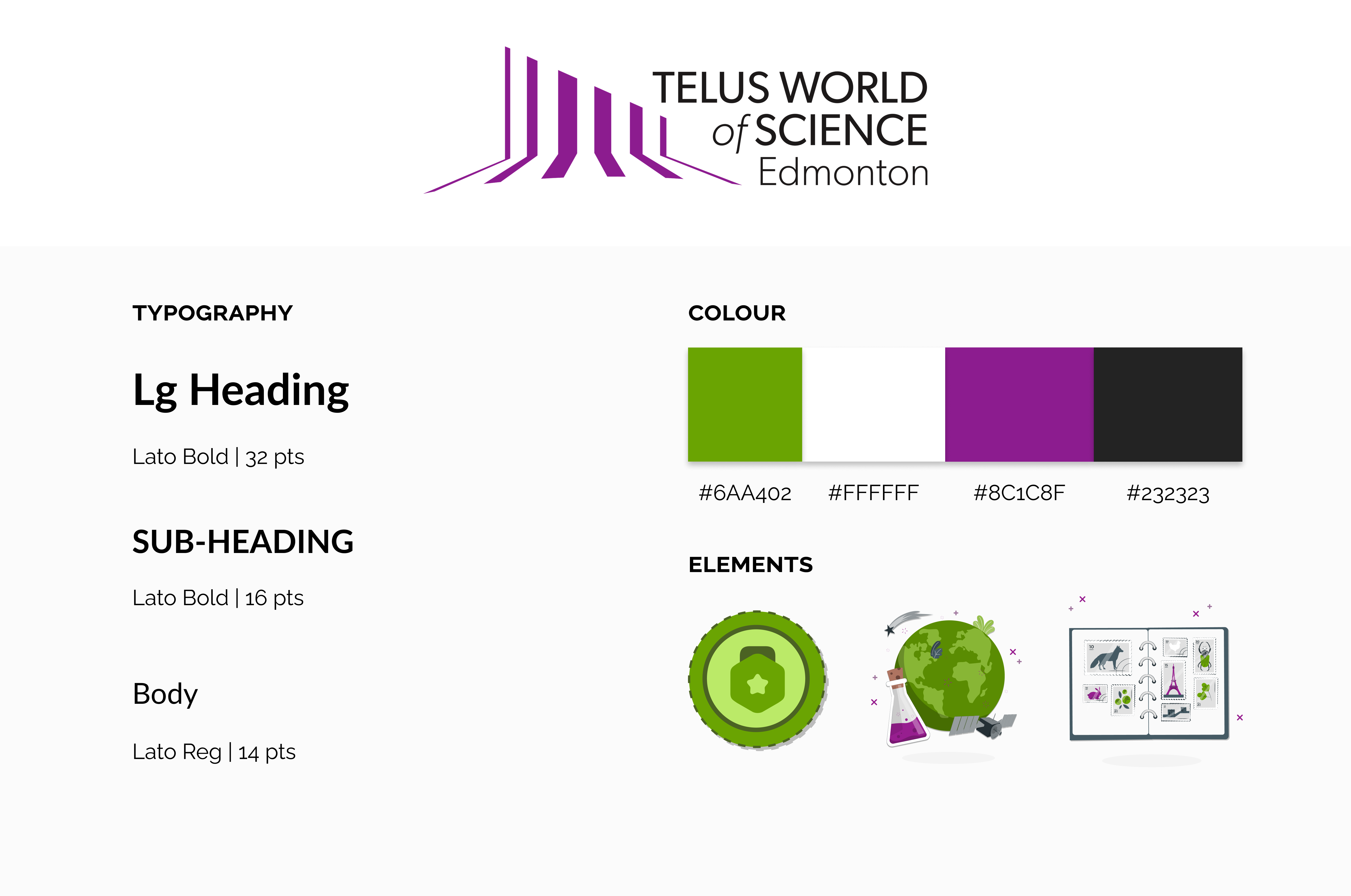
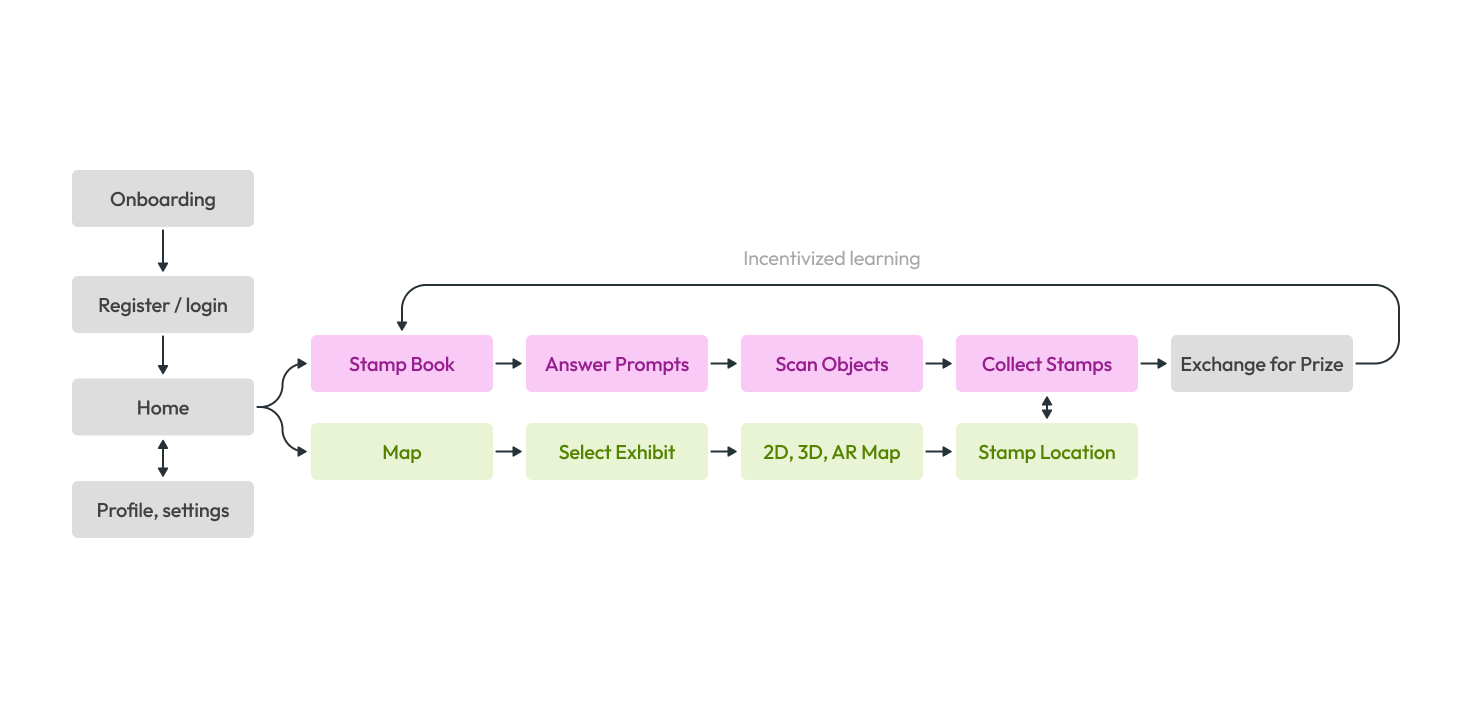
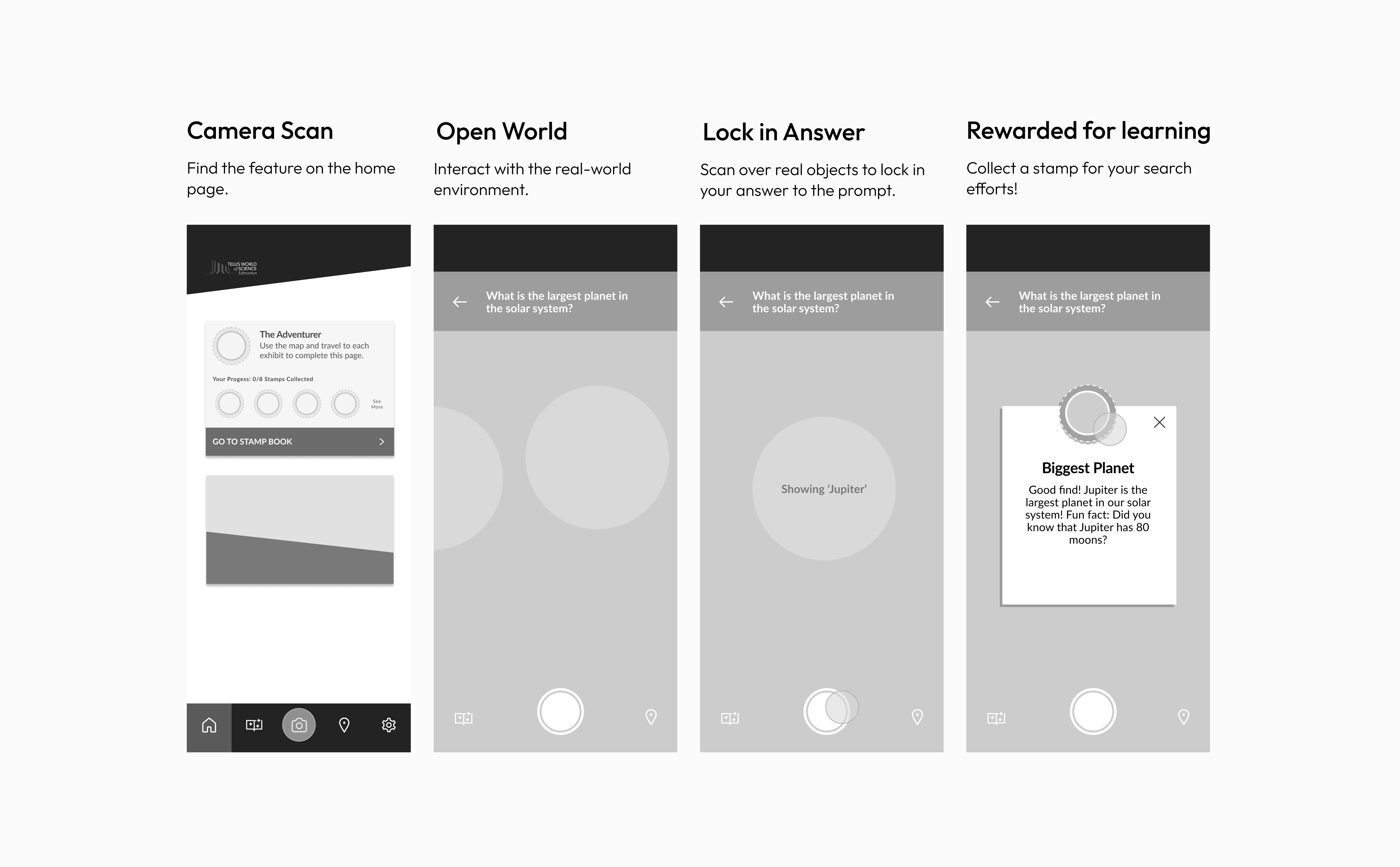
We conducted semi-structured interviews, pilot interviews, and user tests to gain insight into the types of users and their experiences at the science centre with our prototype. Some of the insights we gathered from our tests are as follows:
From this feedback, we incorporated the additional support for accessibility as mentioned above, and included app permissions to indicate that the app does require certain permissions to use effectively.

Some things we missed in our initial design were parents with strollers, wheelchair access, individuals with other physical impairments.
So, we implemented an accessibility setting to allow users customize their app experience.
Some users expressed wanting to answer stamp book questions without using the camera.
We added the option to input the answer manually in cases of app or device errors.
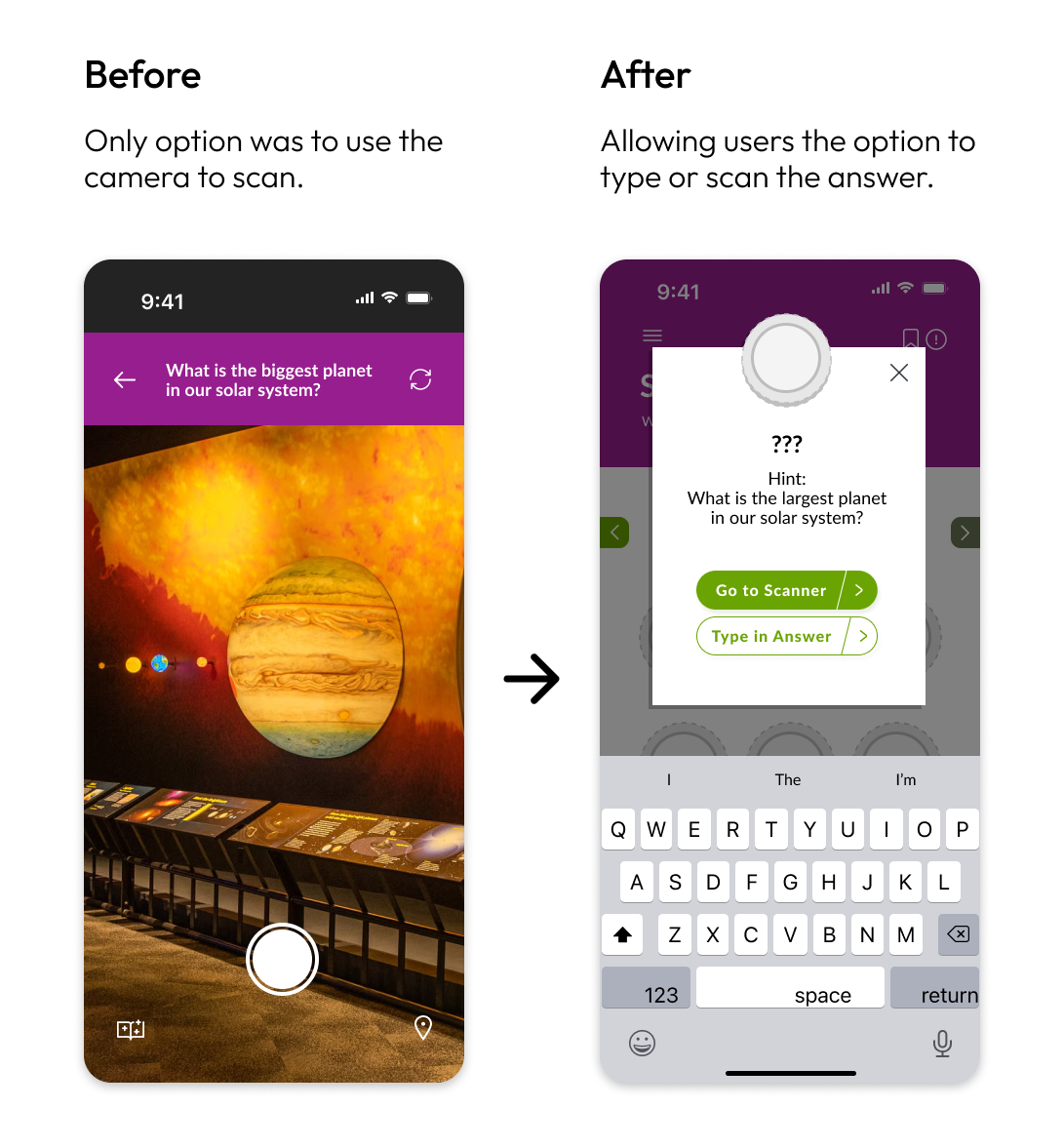


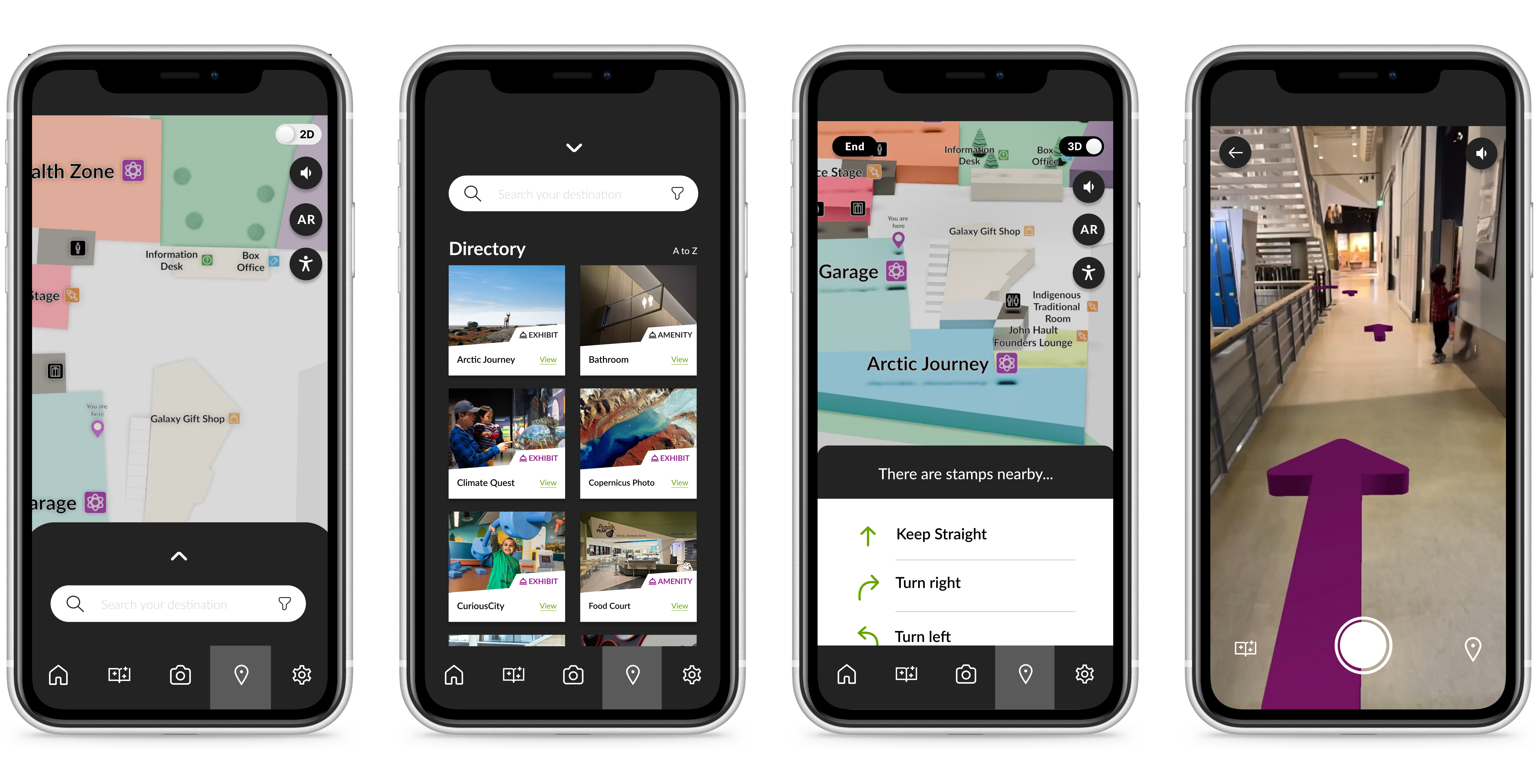
Since presenting our app, we received positive feedback from the stakeholders and staff at the Telus World of Science Edmonton and Elixr Simulations. Implementation of the features we created for this app would be difficult in practice, so as a designer it is important to recognize the feasibility of an app at this scale. However, as a team, we were able to truly realize the impact of accessible features in apps like this.
Some key takeaways from this project are: